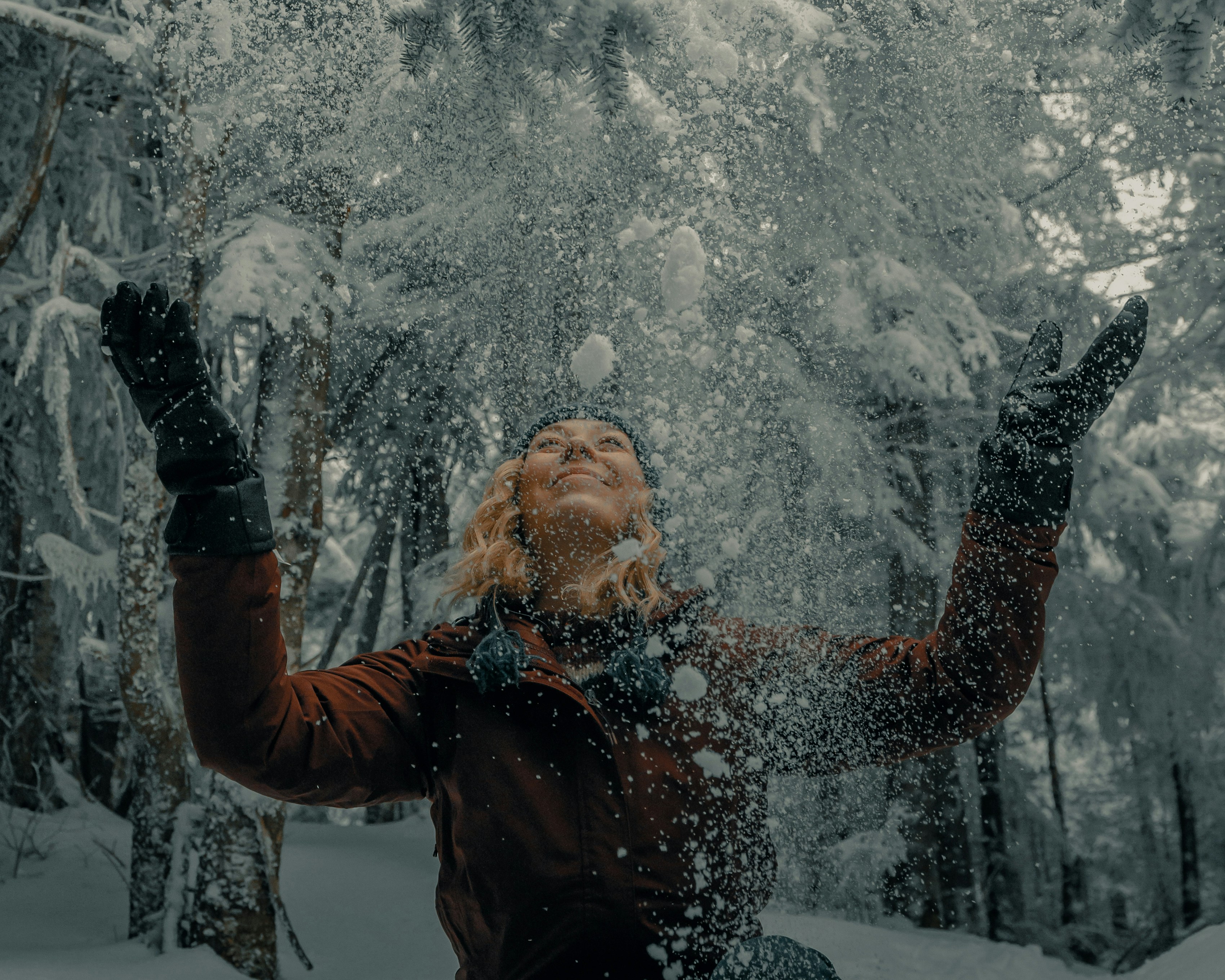Winter is a magical season that offers unique outdoor activities and landscape design opportunities. Whether you’re looking to embrace the cold or create a winter wonderland, there are plenty of ideas to consider. From trails for snowshoeing and skiing to ice sculptures and winter festivals, here are some landscape ideas to make the most of the winter season.
1. Trails for Snowshoeing, Skiing, and Fat Biking:
Create designated trails for winter activities like snowshoeing, skiing (downhill or Nordic), and fat biking. These trails can be marked with signage and groomed regularly to ensure a safe and enjoyable experience for visitors. Consider different difficulty levels to cater to all skill levels and provide a variety of scenic routes through your landscape.
2. Skating Rinks and Tobogganing Hills:
Designate areas for skating rinks and tobogganing hills to provide fun and excitement for both children and adults. Ensure the skating rink is properly maintained and has adequate lighting for evening use. Build tobogganing hills with safe slopes and clear landing areas, keeping in mind the safety of the participants.
3. Ice Sculptures and Winter Festivals:
To attract more people to the area you can organize ice sculpture displays and winter festivals to and create a festive atmosphere during the shortest days of the year. Collaborate with local artists to create stunning ice sculptures that can be placed strategically throughout your landscape. Additionally, consider hosting winter festivals with activities such as live music, food stalls, and winter-themed games to bring the community together.
4. Nature Viewing:
Winter is a great time for nature viewing, as many wildlife species are more visible during this season. Provide designated viewing areas or bird-watching stations where visitors can observe winter birds and other wildlife. Consider installing bird feeders and providing information about the different species that can be spotted in your area during the winter months. One of my favorites is visiting a frozen waterfall
5. Design Considerations for Winter:
When designing your winter landscape, keep in mind the unique challenges and opportunities that come with the season. Consider the following factors:
a. Shorter Days and Longer Nights: Incorporate adequate lighting throughout your landscape to ensure visibility and safety during the darker winter months. Use energy-efficient LED lights to illuminate pathways, seating areas, and focal points.
b. Cold Temperatures: Choose cold-hardy plants and trees that can withstand freezing temperatures. Evergreen trees and shrubs can provide year-round interest and maintain some color in your landscape. Consider using hardscaping elements like stone walls or decorative fences to add visual appeal.
c. Snow and Snow Pile Locations: Plan for snow removal and designate areas for snow piles. Ensure that snow piles are placed away from high-traffic areas and do not obstruct sightlines or access to important features.
d. Dormant Plants and Trees: Embrace the beauty of dormant plants and trees by incorporating them into your winter landscape. Their bare branches and unique silhouettes can create a striking visual contrast against the snowy backdrop.
In conclusion, winter offers a plethora of opportunities to create a stunning landscape and provide engaging outdoor activities. From trails for snowshoeing and skiing to ice sculptures and winter festivals, there are endless possibilities to make the most of the season. Consider the design considerations mentioned above to ensure a safe and enjoyable experience for visitors. Embrace the beauty of winter and create a landscape that captivates all who venture into it.


